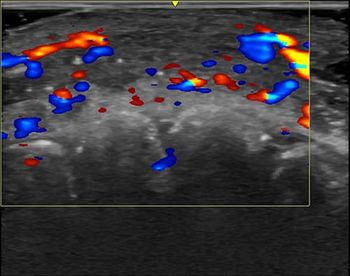
EHRs Slows Rise of Outpatient Healthcare Costs
The use of electronic health records cut the cost of outpatient care, including radiology, by 3 percent, compared with the use of paper records.
If federal incentives - and later penalties - wasn’t a strong case for adopting electronic health records, a new study adds to evidence that their use can
EHR use can reduce the cost of outpatient care by about 3 percent, compared with use of paper records, according to researchers from the University of Michigan.
Researchers examined more than four years of healthcare cost data in nine communities, focusing on outpatient care, including the cost of doctor’s visits, and laboratory, pharmacy and radiology services. Researchers compared the costs of 179,000 patients in three Massachusetts communities that adopted EHRs and six control groups that did not.
"We found 3 percent savings,” Julia Adler-Milstein, lead author and assistant professor in the U-M School of Information and School of Public Health, said in a release, “and while that might not sound huge, if it could be sustained or even increased, it would be a substantial amount.”
Adler-Milstein emphasized that costs did not decrease, rather they did not grow as quickly in the communities that adopted electronic records.
Researchers estimated an average of $5.14 in savings per patient per month in areas with EHRs. Most of the savings were in radiology, as physicians may have ordered fewer imaging studies because they had better access to patients’ medical histories, Adler-Milstein said.
Researchers did not see savings while measuring total cost or inpatient cost - only in the narrowed scope of outpatient care. This was not surprising, Adler-Milstein said, since it was the community physicians, not the hospitals, adopting electronic records.
The communities studied had all applied to be a part of the Massachusetts eHealth Collaborative’s pilot that provided funded and support to convert physicians to electronic records. Those that had computerized records adopted them during the middle of the study period of 2005 to 2009.
The federal government has mandated the move to electronic health records through the meaningful use program, which provides incentive payments for meaningfully using an EHR. Those incentives turn to reimbursement penalties in later years.
The findings “provide evidence to support the use of taxpayer dollars to invest in electronic health records," Adler-Milstein said. "This study helps clarify whether there are cost savings and what the magnitude of those are in the near-term."
The study was published in the
Newsletter
Stay at the forefront of radiology with the Diagnostic Imaging newsletter, delivering the latest news, clinical insights, and imaging advancements for today’s radiologists.




























